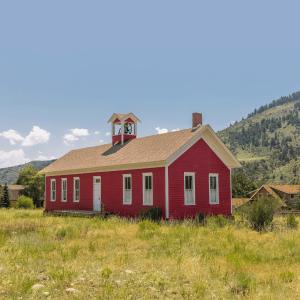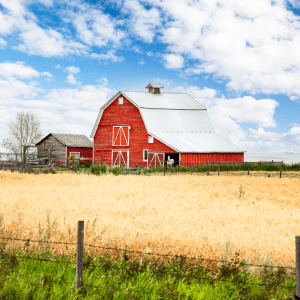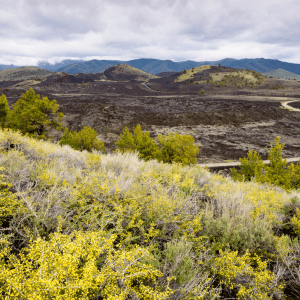Environmental Education for Rural Audiences

Rural communities often have a strong connection to the land and natural resources, making environmental education particularly relevant to their daily lives. Hands-on place-based environmental education can engage students and communities to foster sustainable practices and address environmental challenges.
This is a valuable resource for rural educators as it highlights practical strategies for integrating sustainability into the curriculum, despite limited resources. It emphasizes place-based learning, helping teachers connect sustainability concepts to students’ local environments and communities. The article also provides links to sites that offer educator resources.
Guidelines: Emphasis on skills building, Fairness and accuracy
This resource provides practical, community-driven strategies for integrating environmental education into rural schools, making sustainability both accessible and actionable. Its focus on real-world applications, such as school gardens, renewable energy, and student-led initiatives, helps educators create meaningful, place-based learning experiences.
Guidelines: Action orientation, Instructional soundness, Usability
The Climate Initiative provides valuable resources for rural educators by offering action-oriented climate education tools and strategies tailored to local communities. It helps schools navigate challenges in teaching environmental topics while empowering students to engage in meaningful climate action.
Guidelines: Emphasis on skills building, Usability
The University of Wisconsin-Madison Extension’s Environmental Education website provides research-based resources, lesson plans, and strategies to enhance environmental learning. It focuses on hands-on, place-based education to engage students in sustainability and ecological awareness.
Guidelines: Depth, Fairness and accuracy, Instructional soundness
Just as with any new community, it is important to take time to understand the audience (see the Guidelines for Excellence In Community Engagement!). Rural communities are typically tight knit, so your best educational resources are often the people who live there. In my experience, mainstream EE can feel a little out of place in rural communities, even though we share many values and goals. Taking time to build trust and rely on local knowledge and relationships can be key to success.
Guidelines: Depth, Fairness and accuracy
4-H is a trusted resource in rural communities. It began as a way to disseminate agricultural innovations to farmers across the country. It still carries a strong intergenerational learning culture, with youth development and leadership a core value. Similarly, local leadership is often embedded in local communities, making the organization and the people involved good partners.
Guidelines: Emphasis on skills building, Instructional soundness
Like 4-H, FFA is an organization that rural communities know and trust. It is also excellent at developing youth agency and leadership.
Guidelines: Emphasis on skills building
A theme with the resources I’m recommending is that they are locally based. Conservation districts often operate at the county level, so employees are embedded in the community. The education materials are often excellent, and paired with folks who know and understand the people they serve.
Guidelines: Emphasis on skills building, Fairness and accuracy, Instructional soundness, Usability















